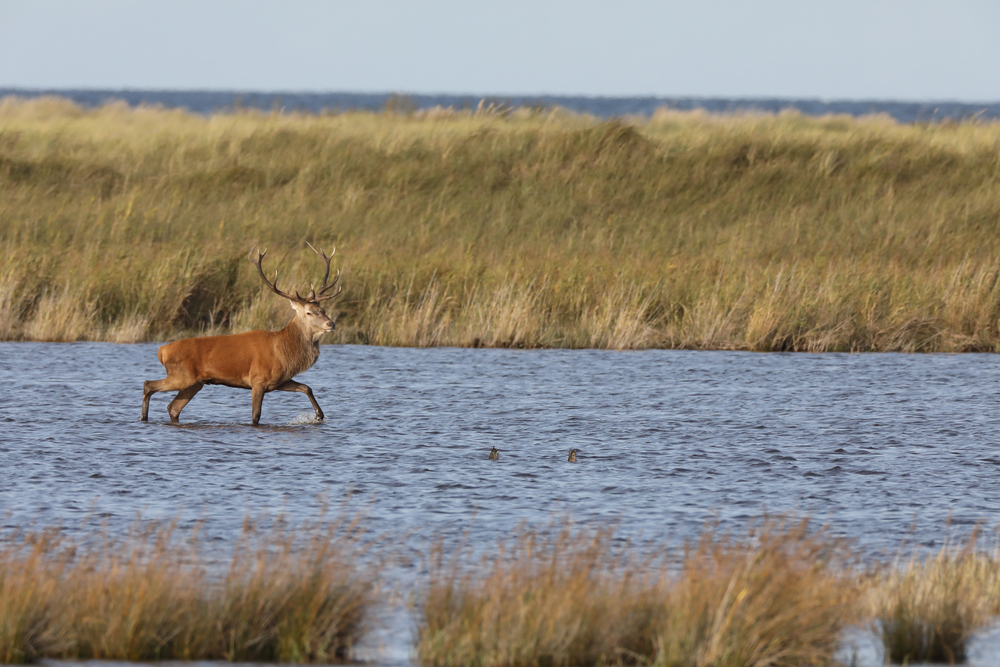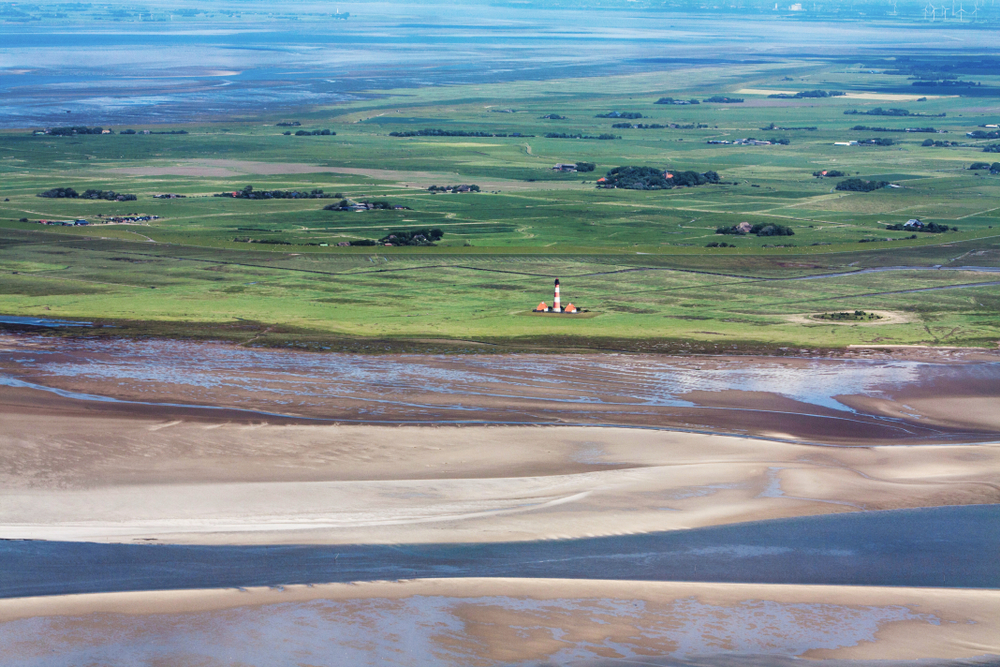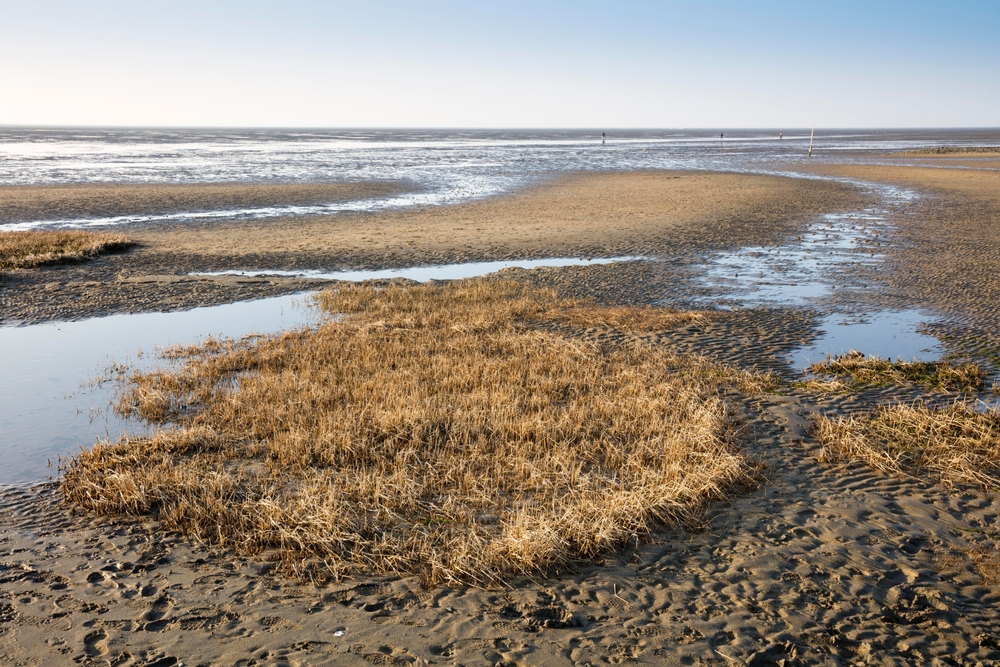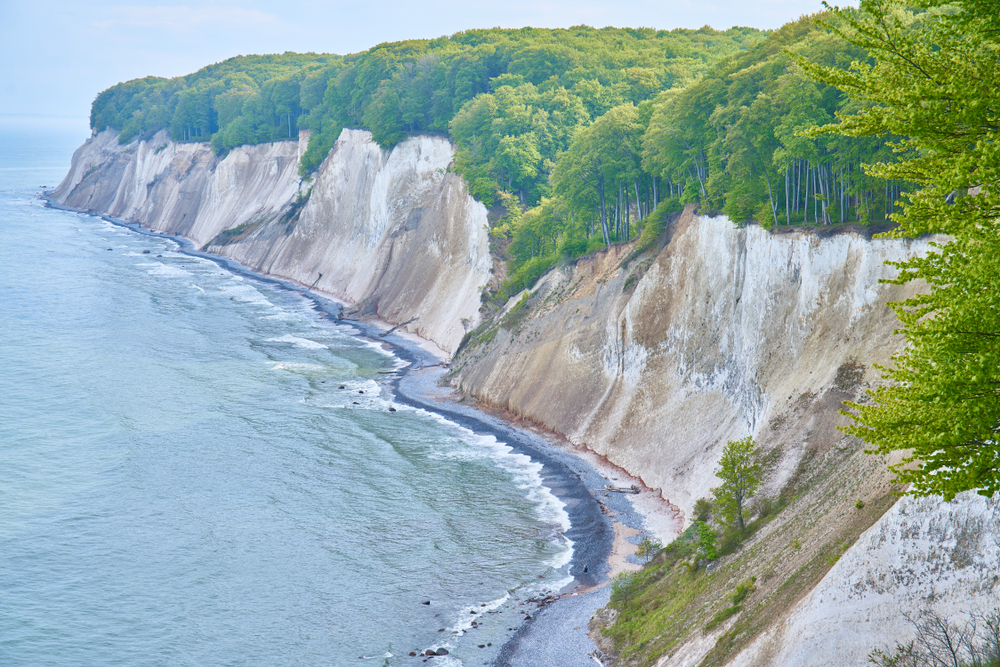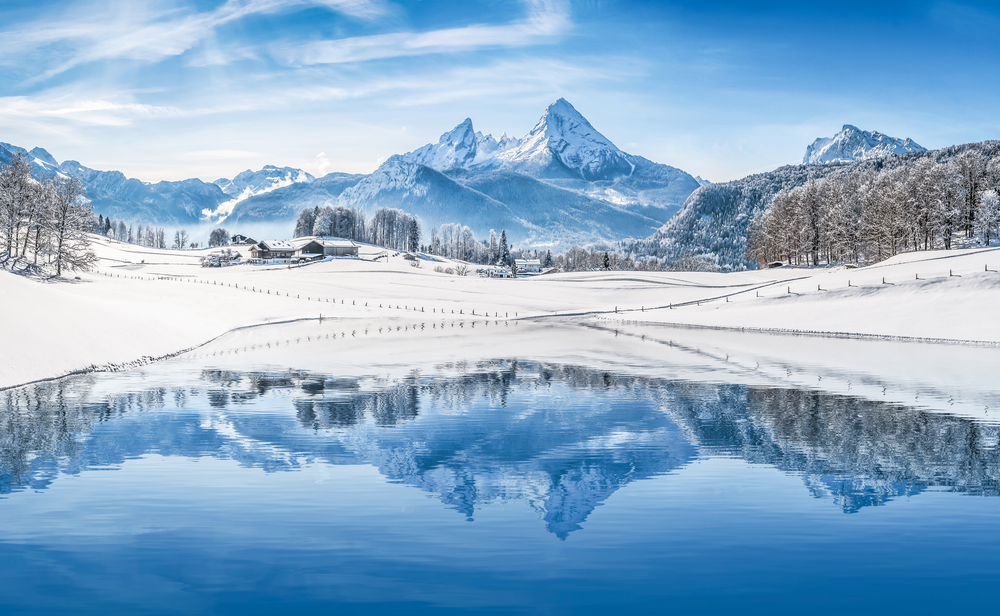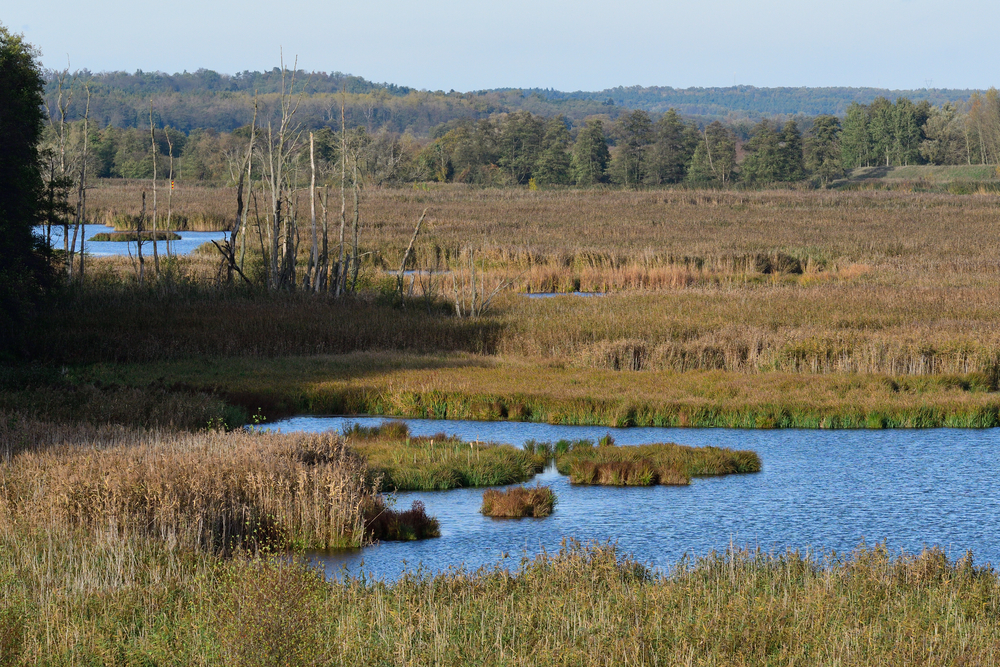Western Pomerania Lagoon Area Overview
Western Pomerania Lagoon Area National Park, known locally as Nationalpark Vorpommersche Boddenlandschaft, is a stunning coastal protected area in northeastern Germany.
Covering approximately 309 square miles (800 square kilometers), the park stretches along the Baltic Sea coast, encompassing parts of the Darß Peninsula, the Zingst Peninsula, and the western region of the island of Rügen.
This vast landscape is shaped by the interaction between land and sea, featuring shallow lagoons, shifting sandbanks, salt marshes, and dunes, all of which contribute to its unique ecological diversity.
The park’s terrain is predominantly flat, but its dynamic coastal geography includes constantly changing formations due to tidal and wind erosion. The lagoons, or “Bodden,” are a defining feature, forming an intricate network of brackish water bodies separated from the open sea by narrow sandbars.
These shallow waters, rich in nutrients, foster a diverse marine and avian ecosystem. Expansive salt marshes and reed beds fringe the lagoons, providing crucial habitats for migratory birds.
The park also includes extensive beech forests, particularly on the island of Hiddensee and the western part of Rügen, where ancient trees create a tranquil and shaded environment. Sand dunes and coastal grasslands add to the varied landscape, making the park a scenic and ecologically significant area.
Western Pomerania Lagoon Area National Park is particularly renowned for its role as a sanctuary for birds. It is one of the most important staging areas for migratory birds in Northern Europe, especially during autumn and spring.
Thousands of cranes, including the common crane, stop here on their way to warmer regions, creating an incredible spectacle as they gather in the shallow waters and fields. White-tailed eagles, one of Europe’s largest birds of prey, can often be spotted soaring over the lagoons in search of fish.
Other notable bird species include ospreys, Arctic terns, and various species of ducks and geese. Beyond birdlife, the park supports a variety of mammals, including red deer, wild boar, and foxes. The waters around the Bodden are home to harbor seals and the increasingly rare porpoise, one of the few marine mammals in the Baltic Sea.
Visitors to the park are drawn by its pristine natural beauty and opportunities for outdoor exploration. The island of Hiddensee, known for its car-free policy and picturesque landscapes, is a favorite destination for those seeking tranquility. Boat tours allow visitors to explore the lagoons and experience the park from the water, providing exceptional views of the bird colonies and seal habitats.
Hiking and cycling trails wind through the park, with well-maintained paths on the Darß Peninsula leading through forests, meadows, and along the coastline. The Darßer Ort lighthouse, an iconic landmark, offers panoramic views over the Baltic Sea and surrounding landscapes. Seasonal guided tours provide insights into the park’s unique ecosystems, with specialized excursions available for birdwatching enthusiasts.
The park’s management focuses on conservation and the protection of its delicate ecosystems. Efforts have been made to limit human disturbance in key wildlife areas, particularly during migration seasons. Rewilding initiatives have helped restore natural processes in salt marshes and wetlands, benefiting biodiversity.
However, challenges persist, including rising sea levels due to climate change and increasing tourism pressure. Balancing conservation with visitor access remains a priority, ensuring that future generations can continue to experience this remarkable coastal wilderness.








































































